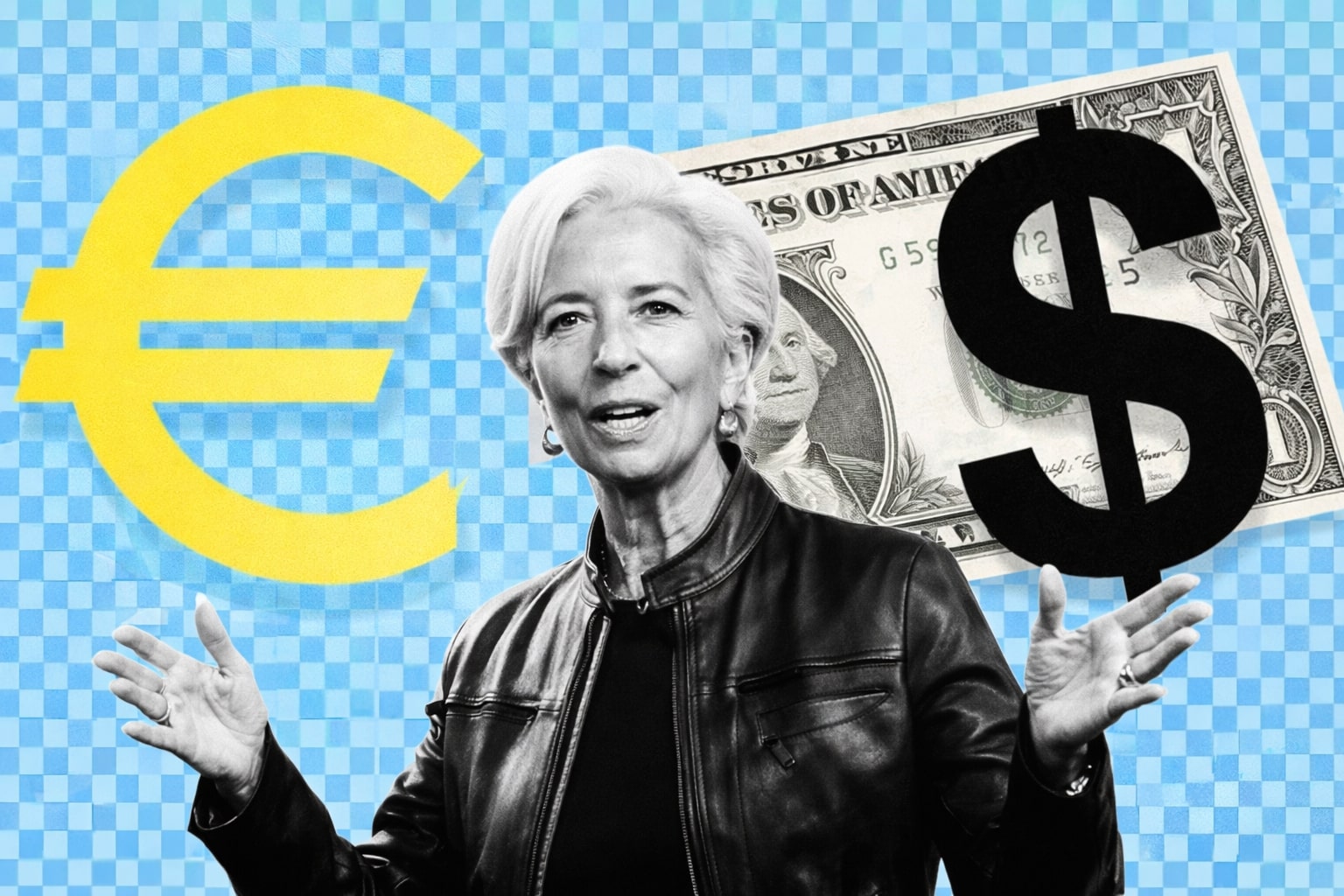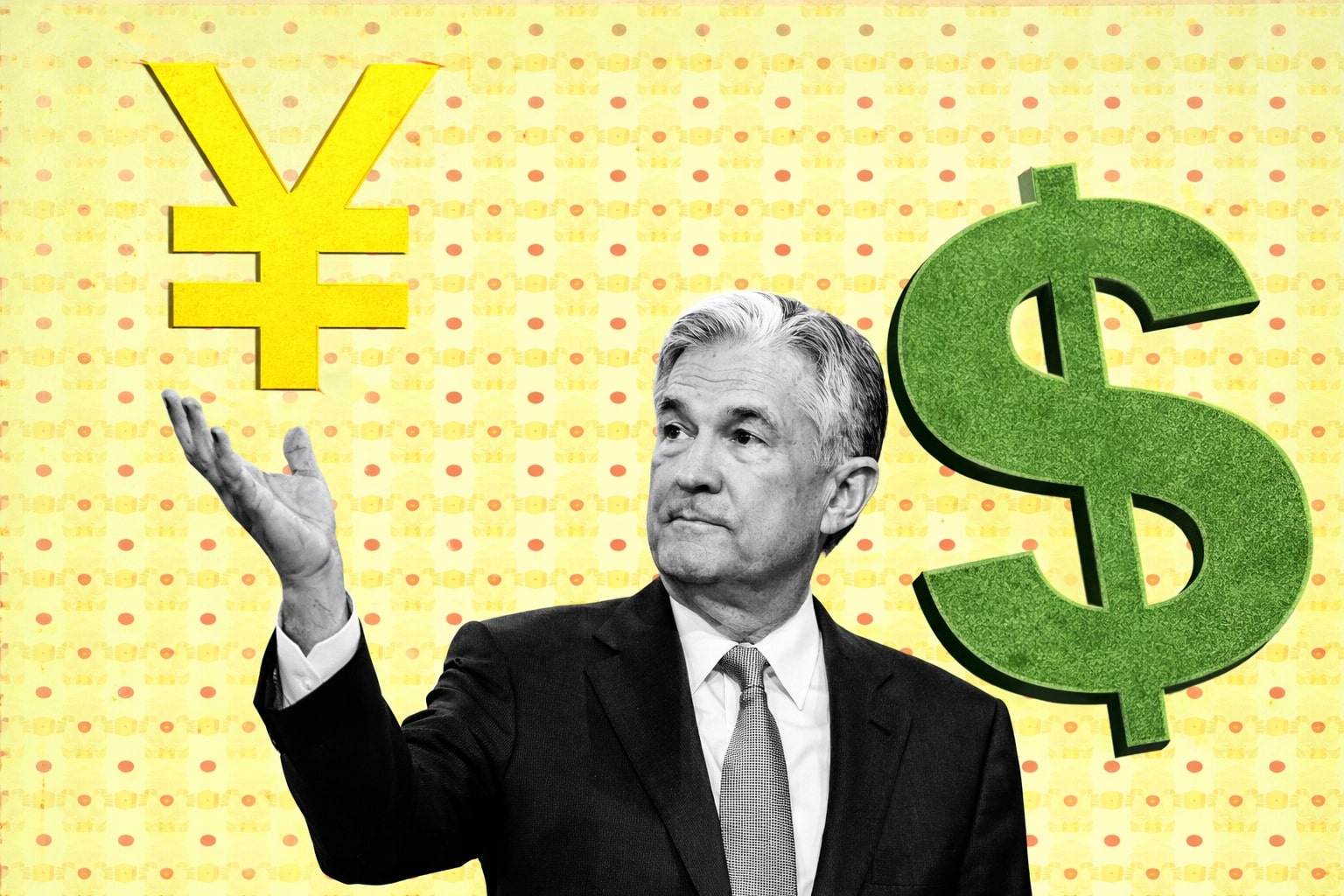Yuan Surpasses Dollar in China's Cross-Border Transactions, Signaling Growing Global Influence
Record $549.9 Billion in Cross-Border Payments Settled in Yuan as Beijing Pushes for Internationalization
In a historic milestone, the yuan surpassed the dollar as the most widely-used currency for cross-border transactions in China in March, according to official data from the State Administration of Foreign Exchange (SAFE). This development underscores Beijing's ongoing efforts to internationalize the use of the yuan and reduce reliance on the U.S. dollar.
Cross-border payments and receipts in yuan reached a record high of $549.9 billion in March, up from $434.5 billion the previous month. Consequently, the yuan was utilized in 48.4% of all cross-border transactions, while the dollar's share fell to 46.7% from 48.6% in February.
China has long been advocating for the increased use of the yuan to settle cross-border trades, aiming to reduce its dependence on the dollar and establish the yuan as a prominent player in the global currency market. Despite this, the yuan's role in global trade finance remains relatively low, though it has exhibited a steady rise. Data from the Society for Worldwide Interbank Financial Telecommunication (SWIFT) revealed that the yuan's share of global currency transactions for trade finance increased to 4.5% in March, while the dollar accounted for 83.71%.
Recent geopolitical tensions have prompted China to further promote its currency, particularly in the wake of U.S. sanctions targeting Russia and Chinese companies accused of serving as proxies for the Russian government. Even so, the yuan's share in global international payments pales in comparison to the dollar, accounting for only 4.5% in March while the dollar made up 83.71% of the total volume, as per SWIFT data.
However, this still marks a significant increase from December, when the yuan accounted for a mere 2.15% of all global payments, according to SWIFT's renminbi tracker. The yuan's usage more than doubled during the first quarter of 2023, signaling its growing influence on the world stage. Recent trade agreements, such as those between China and countries like Russia and Brazil, which have opted to settle their bilateral payments using national currencies or the yuan, have sparked concerns among some analysts about the emergence of a "bipolar" economic world.
Economist Nouriel Roubini has posited that U.S. rivals may rally around the yuan as an alternative to the dollar. Similarly, billionaire investor Ray Dalio has noted that the significance of the U.S. dollar in international trade is waning due to the sanctions imposed by the U.S. on other nations.
Over the past five years, the volume of U.S. dollars traded against the yuan has fluctuated, but the recent surge in yuan usage for cross-border transactions is a clear indication of China's efforts to establish its currency as a global contender.
Between 2016 and 2021, the yuan's share in global payments increased steadily.
August 2016: The yuan held 1.86% of the market share in global payments.
August 2017: The yuan's share in global payments slightly increased to 1.94%.
August 2018: The market share grew to 2.03%.
August 2019: The yuan's global payment share rose to 2.22%.
August 2020: The share further increased to 2.34%.
August 2021: The yuan's share in global payments reached 2.45%.
Read More
-
Salesforce Stock Price Forecast - Why CRM Stock Around $238 Still Discounts Agentforce And 34% FCF
14.01.2026 · TradingNEWS ArchiveStocks
-
XRP Price Forecast - XRP-USD Holds Above $2 as Luxembourg EMI and CLARITY Act Cut Regulatory Risk
14.01.2026 · TradingNEWS ArchiveCrypto
-
Oil Price Forecast: WTI Oil Breaks Out Toward $62 as Brent Jumps Above $66 on Geopolitical Risk
14.01.2026 · TradingNEWS ArchiveCommodities
-
Stock Market Today - Dow Slides to 48,977 as BAC, WFC Sink and Gold Blasts to $4,621
14.01.2026 · TradingNEWS ArchiveMarkets
-
GBP/USD Price Forecast - Pound Holds 1.34–1.35 Band As Fed Independence Shock Offsets Strong US Numbers
14.01.2026 · TradingNEWS ArchiveForex


















